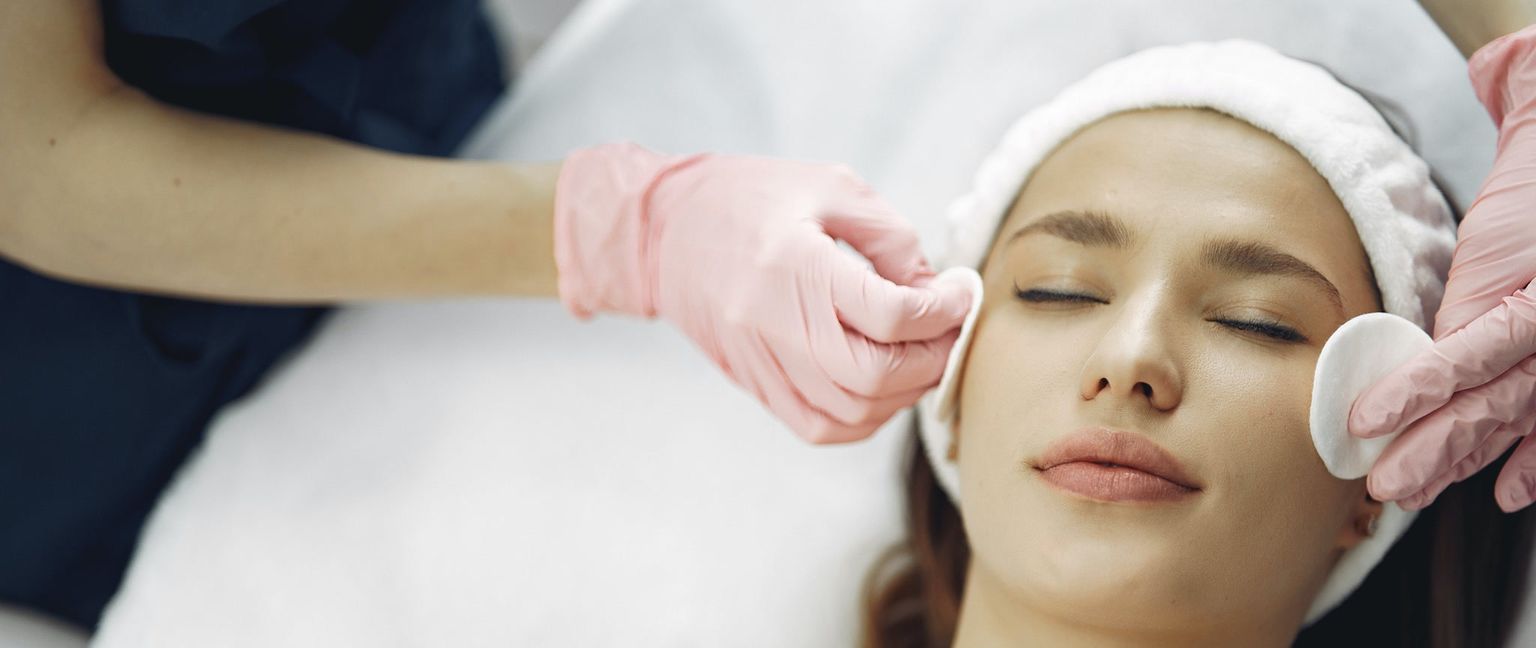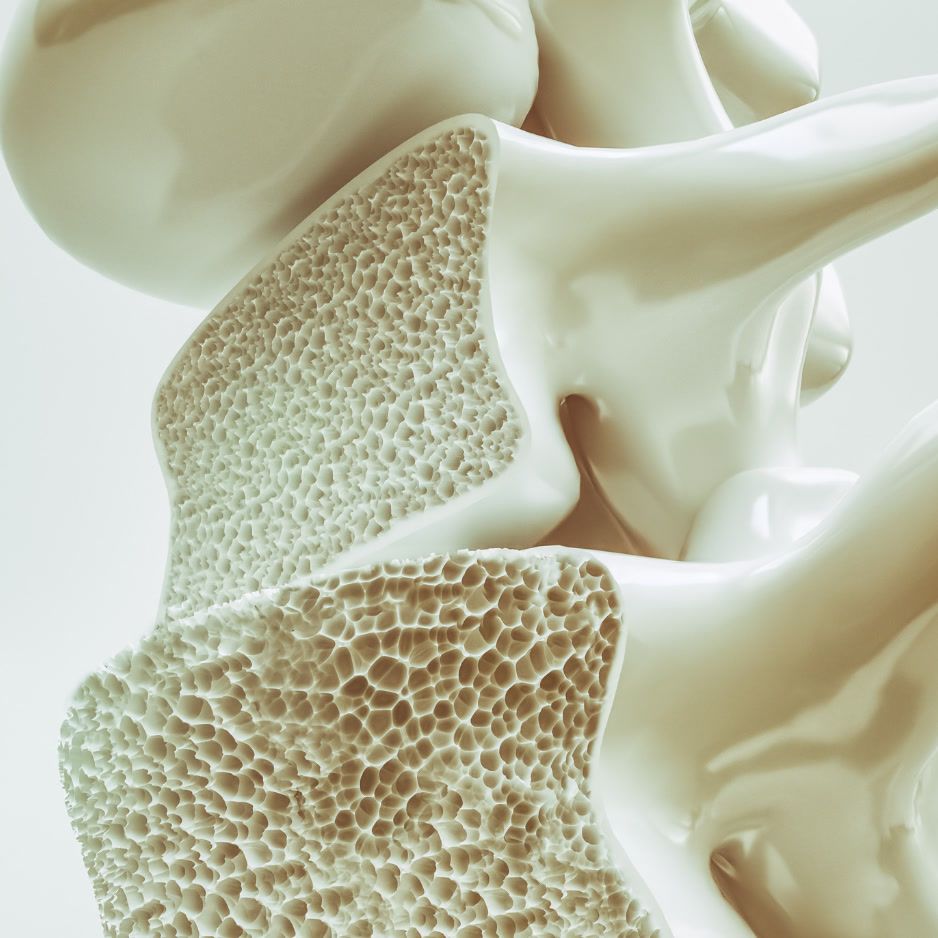Find Red Light Therapy Near You

Find Red Light Therapy Near You
Red light therapy is a non-invasive treatment that has gained popularity for its potential health benefits. If you're interested in trying this therapy, you may be wondering where to find red light therapy near you. In this article, we will explore the ins and outs of red light therapy, how to locate providers, what to expect during your sessions, and how to incorporate it into your routine. So, let's dive in!
Get weekly updates.
Understanding Red Light Therapy
Red light therapy, also known as low-level laser therapy or photobiomodulation, is a therapeutic technique that uses red and near-infrared light to promote healing and relieve pain. The red and near-infrared wavelengths have been found to penetrate the skin and stimulate the mitochondria in our cells, which enhances cellular function and promotes healing.
When it comes to understanding red light therapy, it's important to delve into the science behind this innovative treatment. Researchers believe that red light therapy works by increasing the production of adenosine triphosphate (ATP), which is the energy currency of our cells. This boost in ATP levels helps to accelerate tissue repair, reduce inflammation, and improve overall cellular function.
But how exactly does red light therapy stimulate ATP production? The answer lies in the interaction between light and our cells. When red and near-infrared light is absorbed by the mitochondria, it activates a series of biochemical reactions known as the respiratory chain. This chain of reactions ultimately leads to an increase in ATP synthesis, providing cells with the energy they need to carry out their functions effectively.
Moreover, red light therapy has been shown to stimulate the production of collagen, a protein that plays a crucial role in maintaining the health and elasticity of our skin. By promoting collagen synthesis, red light therapy can help rejuvenate the skin, reduce the appearance of wrinkles and fine lines, and improve overall skin health.
The Science Behind Red Light Therapy
Researchers have conducted numerous studies to explore the science behind red light therapy and its potential benefits. These studies have revealed that red light therapy can enhance cellular function and have a positive impact on various physiological processes.
One notable effect of red light therapy is its ability to reduce inflammation. Inflammation is a natural response of the body to injury or infection, but chronic inflammation can lead to a range of health problems. Red light therapy has been found to modulate the inflammatory response, helping to alleviate pain and swelling in conditions such as arthritis and fibromyalgia.
Additionally, red light therapy has gained attention for its potential to enhance athletic performance and aid in muscle recovery. By improving cellular function and reducing inflammation, red light therapy can help athletes recover faster from intense workouts and injuries, allowing them to perform at their best.
Benefits of Red Light Therapy
The benefits of red light therapy extend beyond just improving cellular function and reducing inflammation. This non-invasive treatment has shown promise in various areas of health and wellness.
One of the most well-known benefits of red light therapy is its positive impact on skin health. By stimulating collagen production and improving cellular function, red light therapy can help reduce acne, improve skin tone and texture, and promote a more youthful appearance. It has also been used in the treatment of conditions such as psoriasis and eczema, providing relief from itching and inflammation.
Furthermore, red light therapy has been found to promote hair growth in individuals experiencing hair loss or thinning. The red and near-infrared light stimulates hair follicles, increasing blood flow and nutrient delivery to the scalp, which can result in thicker and healthier hair.
Potential Side Effects of Red Light Therapy
While red light therapy is generally considered safe, it's important to be aware of potential side effects. These side effects are usually minimal and temporary, but it's always advisable to consult with a healthcare professional if you have any concerns or pre-existing medical conditions.
One of the most common side effects of red light therapy is mild redness or dryness of the skin. This reaction is typically short-lived and resolves on its own. In rare cases, some individuals may experience temporary eye discomfort if the therapy is used near the eyes. To minimize the risk of eye irritation, protective goggles should be worn during the treatment.
It's worth noting that red light therapy is not recommended for individuals with certain medical conditions or those who are taking photosensitizing medications. It's always best to consult with a healthcare professional to determine if red light therapy is suitable for you.
In conclusion, red light therapy is a fascinating and promising therapeutic technique that harnesses the power of light to promote healing and improve overall well-being. By understanding the science behind red light therapy and its potential benefits, individuals can make informed decisions about incorporating this innovative treatment into their healthcare routine.
Locating Red Light Therapy Providers
Now that you understand the basics of red light therapy, it's time to find a provider near you. Here are some factors to consider when choosing a provider:
Factors to Consider When Choosing a Provider
-
Location: Look for a provider that is convenient for you to visit regularly.
-
Experience and Credentials: Research the provider's qualifications and experience in offering red light therapy.
-
Equipment Quality: Ensure that the provider uses high-quality red light therapy devices.
-
Customer Reviews: Check online reviews to get an idea of the provider's reputation and customer satisfaction.
Questions to Ask Your Potential Provider
When contacting potential red light therapy providers, consider asking the following questions:
-
How long are the therapy sessions?
-
How many sessions are recommended for my specific condition or goal?
-
Do you offer package deals or discounts for multiple sessions?
-
What safety precautions and guidelines do you follow?
Preparing for Your First Red Light Therapy Session
Before your first red light therapy session, it's essential to know what to expect and how to prepare:
What to Expect During Your Session
During a red light therapy session, you will typically be positioned in front of a device that emits red or near-infrared light. The session can last anywhere from a few minutes to 30 minutes, depending on the treatment and provider. You may feel a mild warmth or tingling sensation, but the treatment itself is generally painless and relaxing.
Post-Session Care and Maintenance
After your session, there are a few things you can do to maximize the benefits and take care of your skin. It's recommended to keep your skin hydrated and moisturized, avoid excessive sun exposure, and follow any specific post-session instructions provided by your provider. By taking good care of your skin, you can help ensure the best possible results from red light therapy.
Incorporating Red Light Therapy into Your Routine
To reap the full benefits of red light therapy, consistency is key. Here are some tips for incorporating red light therapy into your routine:
Frequency and Duration of Therapy Sessions
The frequency and duration of red light therapy sessions can vary depending on your goals and the specific condition you're addressing. It's best to consult with your provider to determine the recommended treatment plan for your needs.
Complementing Red Light Therapy with Other Treatments
Red light therapy can be used as a standalone treatment or in combination with other therapies. If you're considering combining it with other treatments, such as massage or acupuncture, discuss this with your provider to ensure a safe and effective approach.
Evaluating the Effectiveness of Red Light Therapy
As with any treatment, it's important to evaluate the effectiveness of red light therapy for your specific goals or conditions:
Short-Term and Long-Term Effects
While some people may experience immediate improvements after a single session, most benefits of red light therapy are cumulative and may take time to become noticeable. Keep track of any changes you observe in your skin condition, pain levels, or overall well-being over time to assess the effectiveness of the therapy.
When to Seek Professional Advice
If you're not seeing the desired results or have any concerns about your progress, it's always a good idea to consult with a healthcare professional. They can help determine if adjustments to your treatment plan are needed or suggest alternative options based on your individual circumstances.
Remember, red light therapy may not be suitable for everyone, so it's essential to discuss it with your healthcare provider before starting any new treatment.
In conclusion, red light therapy is a promising therapeutic option with potential benefits for various conditions, ranging from skin health to pain management. By understanding the science behind it, locating reliable providers, preparing for your sessions, and incorporating it into your routine, you can make the most of this innovative therapy. However, always consult with professionals and monitor your progress to ensure your health and safety.
And if you're looking for an affordable way to track your body composition over time, consider BodySpec's DEXA scans. They provide accurate measurements of body fat, muscle mass, and bone health, allowing you to monitor your progress and make informed decisions about your health and fitness journey.


